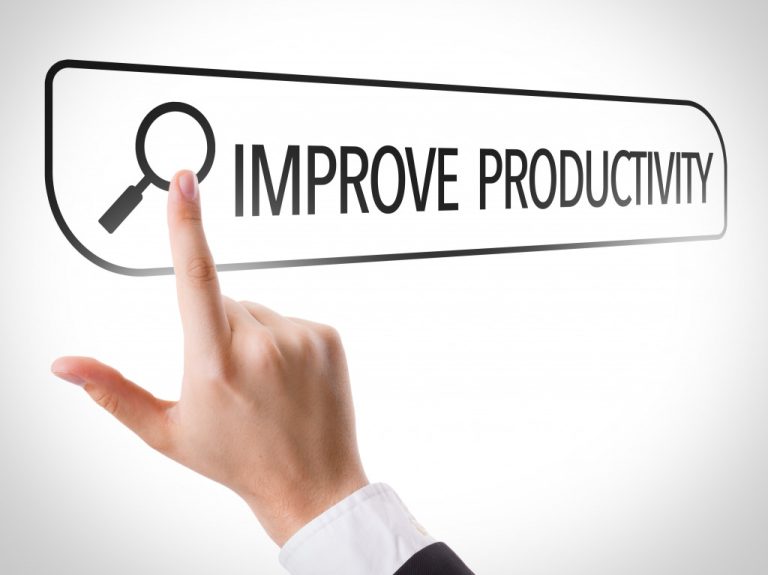End-user productivity is a crucial concern for IT business owners. There are many ways to improve end-user productivity, but knowing where to start cannot be easy. This article will give you expert tips on enhancing end-user productivity in your IT business. By following these tips, you can ensure that your end users are as productive as possible and that your IT business runs smoothly.
Defining end-user productivity
End-user productivity is a crucial measure of success for all businesses around the globe, but it can be hard to define.
This considers metrics such as task efficiency, technology performance, and user experience, all blended into an actionable progress picture. It enables IT business owners to measure the impact of their decision-making and operations on end users’ ability to get work done efficiently.
Ultimately, end-user productivity is about how well users can utilize technology to complete tasks toward achieving overall business goals. Every organization needs measures to ensure best practices for computing resources, applications, user engagement, and, ultimately, better outcomes.
The benefits of improving end-user productivity
When end-users are more productive, businesses make more money. With improved workflow and higher efficiency, employees can keep up with technology advancements and growth objectives.
This leads to improved collaboration, a stronger competitive edge, and increased customer satisfaction. Business owners can foster a productive environment while increasing employee satisfaction by equipping employees with proper tools, such as the right software to meet their needs.
Tips and tricks for improving end-user productivity in IT
Improving end-user productivity in IT can seem like a daunting task. From identifying potential opportunities for automation to instituting digital organization standards, implementing processes may require newfound skills and procedures. Luckily, there are easy tips and tricks that anyone can do to improve efficiency quickly.
Utilizing the latest collaboration tools, creating simple checklists for recurring tasks, and utilizing workflow automation are all key strategies for streamlining end-user operations. And perhaps most importantly: set a goal to be consistent with these strategies to maximize their impact.
As more and more businesses are becoming mobile-driven, getting the proper mobile device support is also essential for improving end-user productivity in IT. Mobile devices have become an integral part of our lives, and as such, having access to a reliable support team can maximize user satisfaction and improve performance.
The first step to getting mobile device support is to select the right platform and vendor. Different vendors offer different features, so it’s essential to research which one best suits your needs. Once you’ve chosen a platform and vendor, set up regular maintenance schedules, monitor usage, and create user manuals that can assist users in troubleshooting common problems.
It would be best if you also considered implementing cloud computing technologies, such as SaaS (Software as a Service) and IaaS (Infrastructure as a Service), that can help improve end-user productivity in IT. These platforms are cost-effective, require minimal setup time, and, most importantly, are scalable to accommodate ever-changing customer needs. Additionally, cloud services tend to have built-in redundancy, meaning your data is safe and secure.
Finally, don’t forget to invest in user training and development programs. Creating a knowledge base of best practices can be invaluable when maximizing end-user productivity in IT. Whether through online tutorials or hands-on workshops, users need to develop the skills to use tech solutions for the best results properly.
How to measure the success of your efforts to improve end-user productivity

Measuring the success of your efforts to improve end-user productivity can be a complex process, as multiple factors need to be weighed for a comprehensive evaluation. It begins with understanding what metrics you should use: whether your primary metric would be user satisfaction, time saved, or cost savings.
When deciding what metrics to use for measuring the success of your efforts to improve end-user productivity, it is important to consider all aspects of the user experience. The primary metric should focus on user satisfaction, as this affects how users feel about their work, and how productive they are.
Additionally, different measurements should be used for different tasks; for instance, measuring time saved on a task-by-task basis allows one to identify which tasks should be automated and which ones take much longer than necessary.
Finally, cost savings can also be an important metric when determining the success of your efforts to improve end-user productivity. Measuring how much money is saved through improved efficiency or automation can provide invaluable insight into the effectiveness of your actions.
Next, you must craft an approach to track those metrics using surveys, interviews, and other data collection methods. Finally, measuring success requires regular review of progress against objectives and creating new benchmarks. While this might sound like a lot of work up front, doing so will provide critical insights into how well your efforts are paying off over time – resulting in improved end-user productivity in the long run.
Improving end-user productivity is a crucial goal for any IT organization. The benefits of doing so vary: from increased satisfaction to reduced support costs. By following the tips and tricks in this blog post, you can make a real difference in the productivity of your end users. And don’t forget to measure the success of your efforts – only then will you be able to see just how much impact you’re having.

